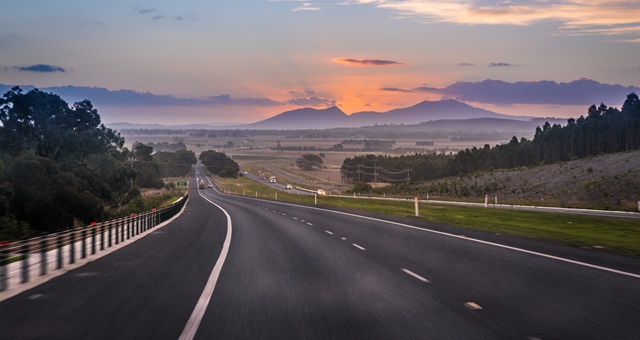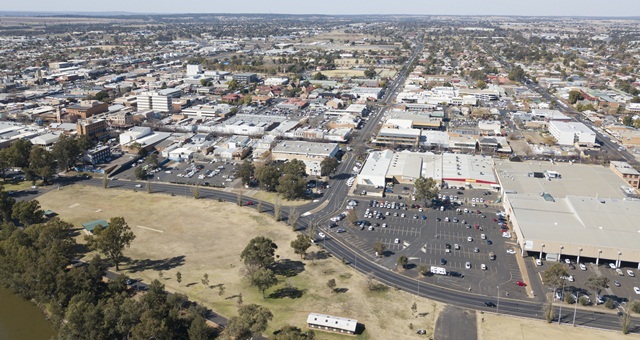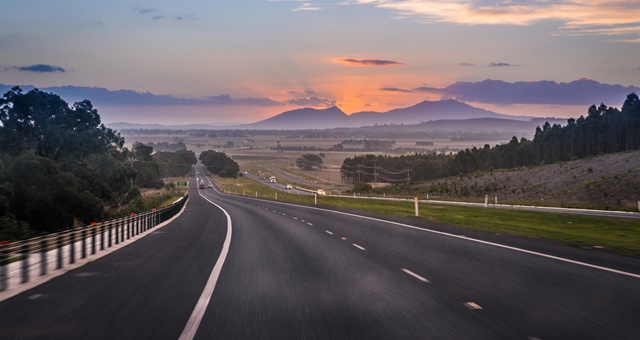
Displaced tourism markets are increasingly looking to regional destinations to fill holiday voids in the absence of international destinations, according to new data released this week by CBRE Hotels.
In the company’s latest ‘Australia Market Snapshot: The Regional Travel Renaissance’ report for August 2020, 58% of survey respondents reported an occupancy increase compared to the same time in 2019 – in some cases seeing average occupancy levels sitting above 90%.
Two-thirds of respondents (67%) said their properties consisted of 25 rooms or less, while nearly three in four said the majority of their guests arrived by private car. In this vein, hotels located within two hours of their respective capital cities reported shorter average stays from their guests, with those staying four nights or more usually spending four hours or more in the car to get there.
The results are not all rosy however, with the remaining 42% noting a decline in occupancy. Of these, 30% said the drop was more than 20% from the prior year.

Average Daily Rate among these hotels has also proven beneficial, with six in ten hotels reporting an ADR increase. Of these, 17% said the gains had been significant.
Perhaps unsurprisingly considering border restrictions, intrastate and interstate leisure were the two dominant guest segmentation categories, with operators taking advantage of the two displaced markets and attracting high levels of first-time visitors. The next three market segments were Domestic Corporate, MICE and Government travellers.
Half of the respondent pool was made up of hotel operators based in Queensland, saying that despite the upswings, they expected forward bookings to be down year-on-year.
Regional operators said that while a trans-Tasman bubble with New Zealand may eventually open, they would look to protect their newfound visitor markets and work to secure repeat business, while also looking to promote their destinations to Kiwi travellers eager to head west over the ditch. Historically, only 25% of visitors from New Zealand ventured out to a regional destination during a visit to Australia.

